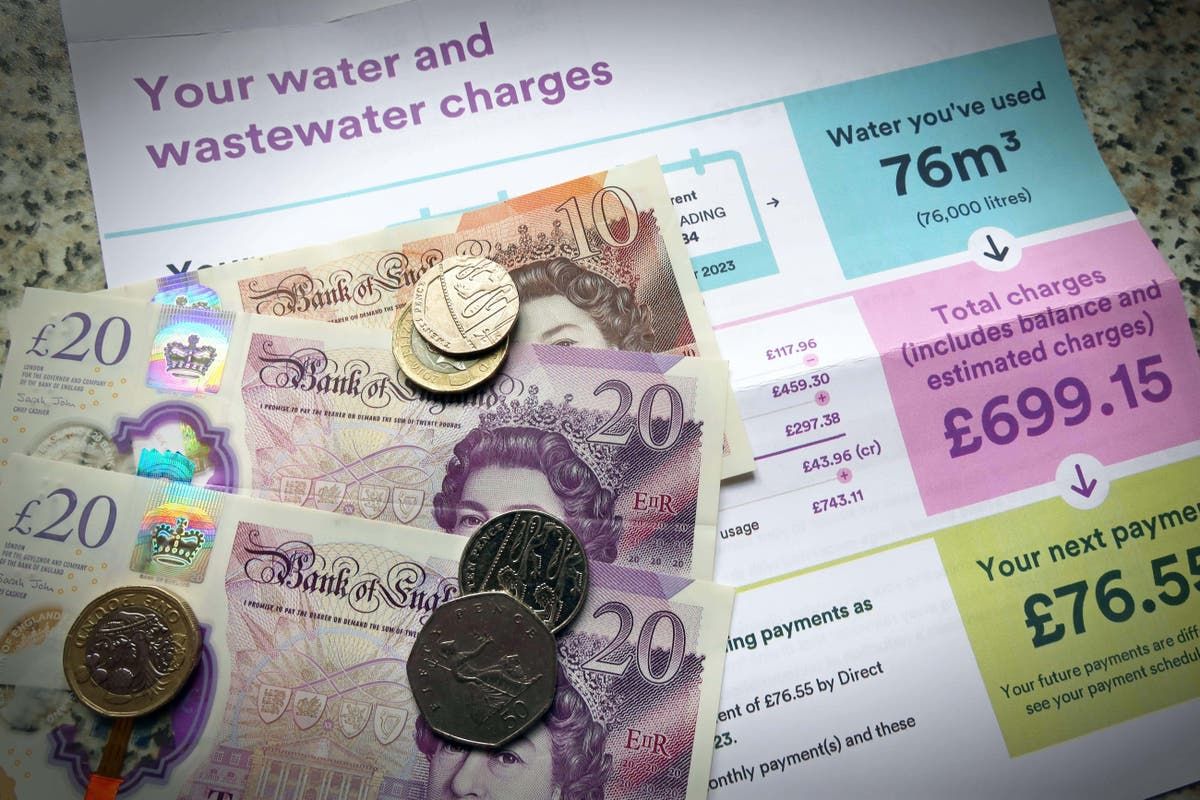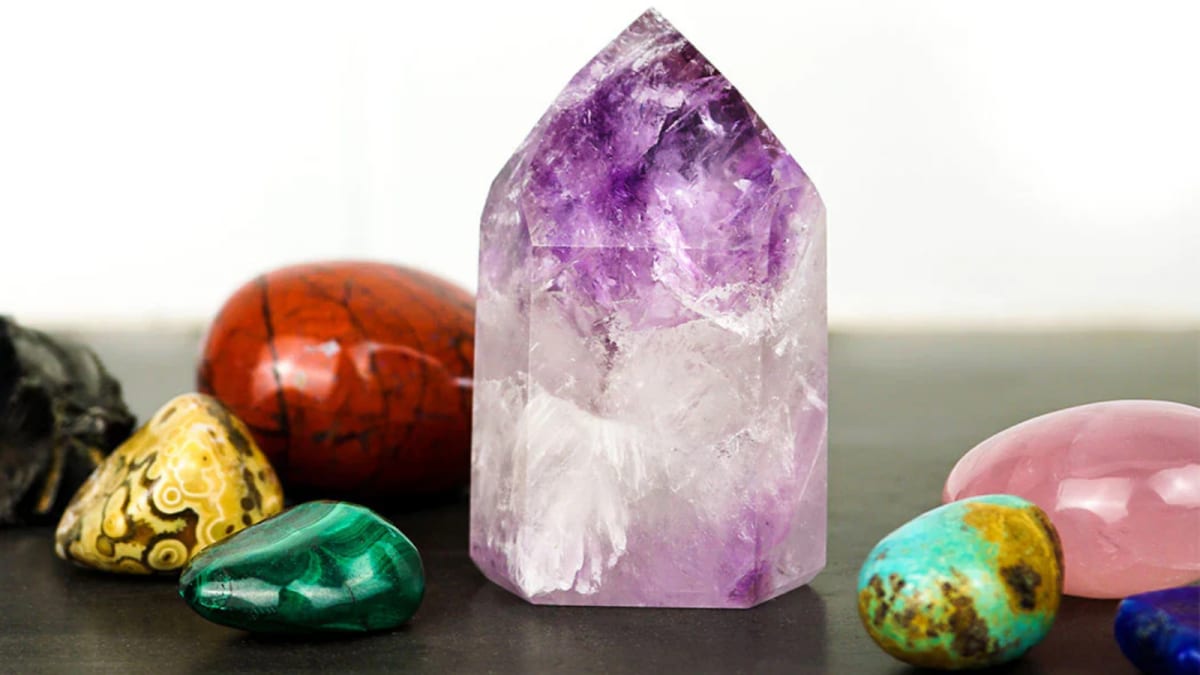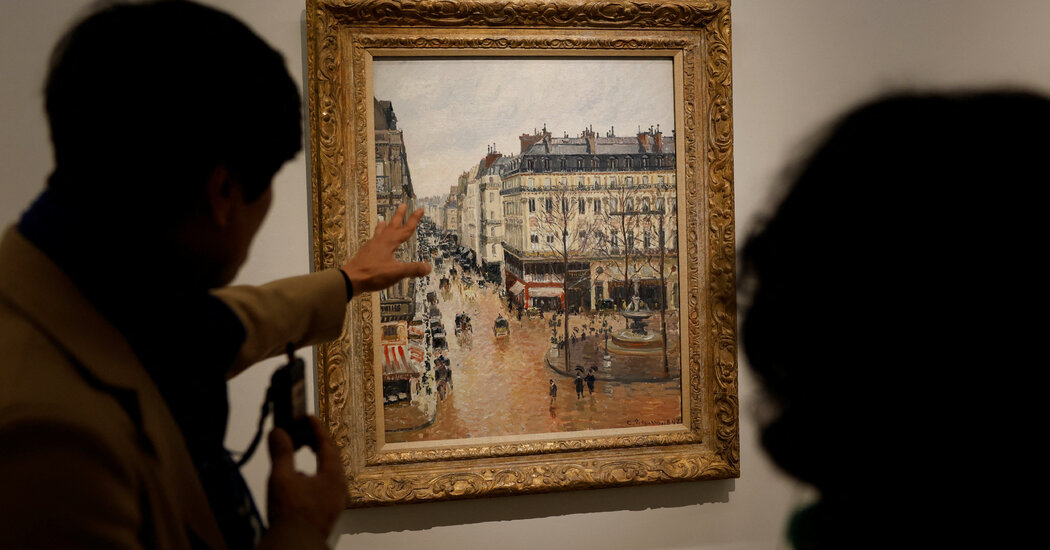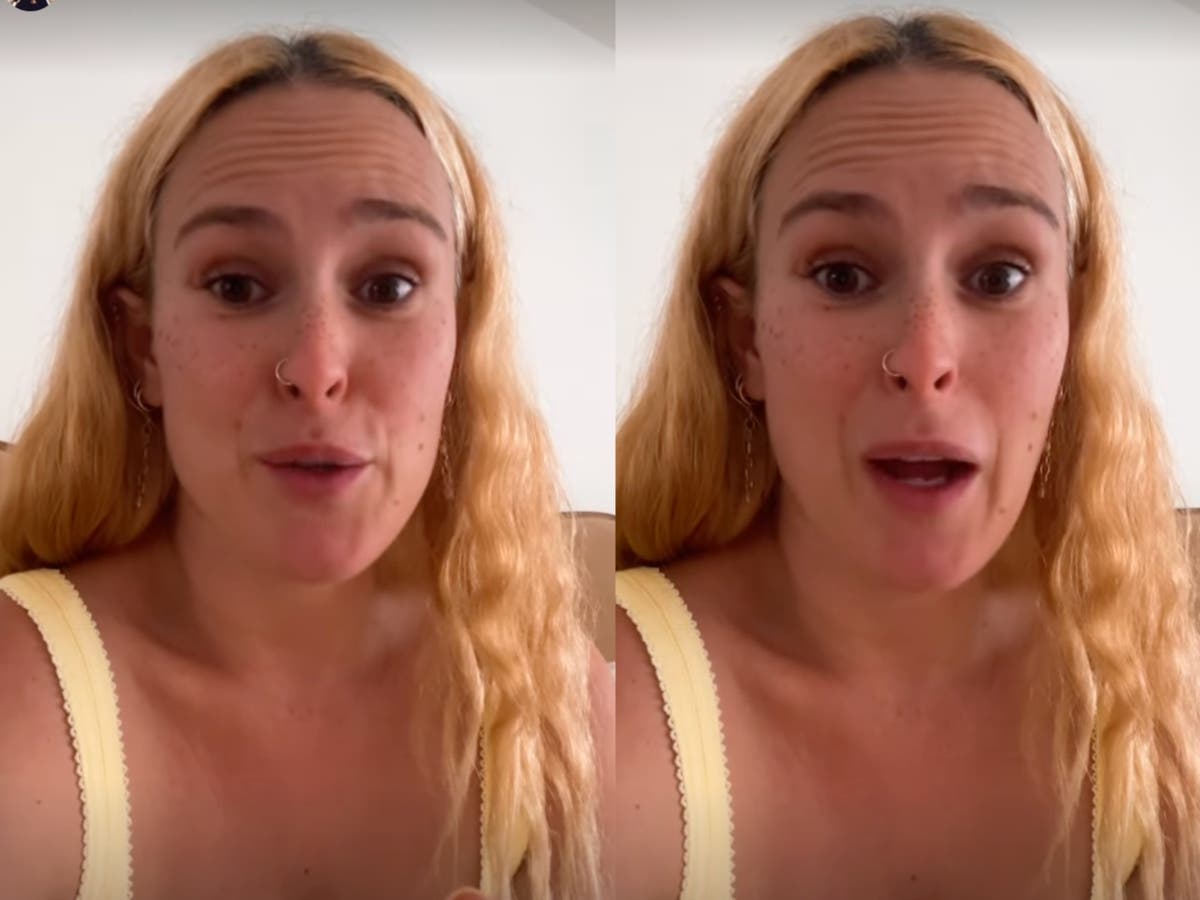Truly support
independent journalism
Our mission is to provide unbiased, fact-based reporting that holds the powerful to account and exposes the truth.
Whether it's $5 or $50, every contribution counts.
Support us in offering journalism without agenda.
Many families are feeling the pinch with skyrocketing utility bills, and the announcement that our water bills will rise even further in the coming years has likely added to concerns.
Under draft proposals announced by Ofwat, household water bills in England and Wales could rise by an average of £19 a year over the next five years – a third less than the increases sought by companies.
With this in mind, are there any useful tricks to reduce water consumption at home? Here are some suggestions…
1. Install a water meter
Installing a water meter could help you regain a sense of control over your bills.
“Water meters have gained popularity in recent years and can provide valuable insight into your water usage habits,” says Cheryl Risdon, customer service manager at accessible bathroom specialists, Assisted Living. “Unlike the traditional method of paying your water bill, a meter allows you to pay for the exact amount of water you’ve used.
“This additional control and knowledge should encourage you to be more conscious of your water usage and also mean you can spot and repair leaks quickly, avoiding waste and unexpectedly high bills.”
Risdon suggests this change could save households between £50 and £100 a year.
2. Swap a bubble bath for a short shower.
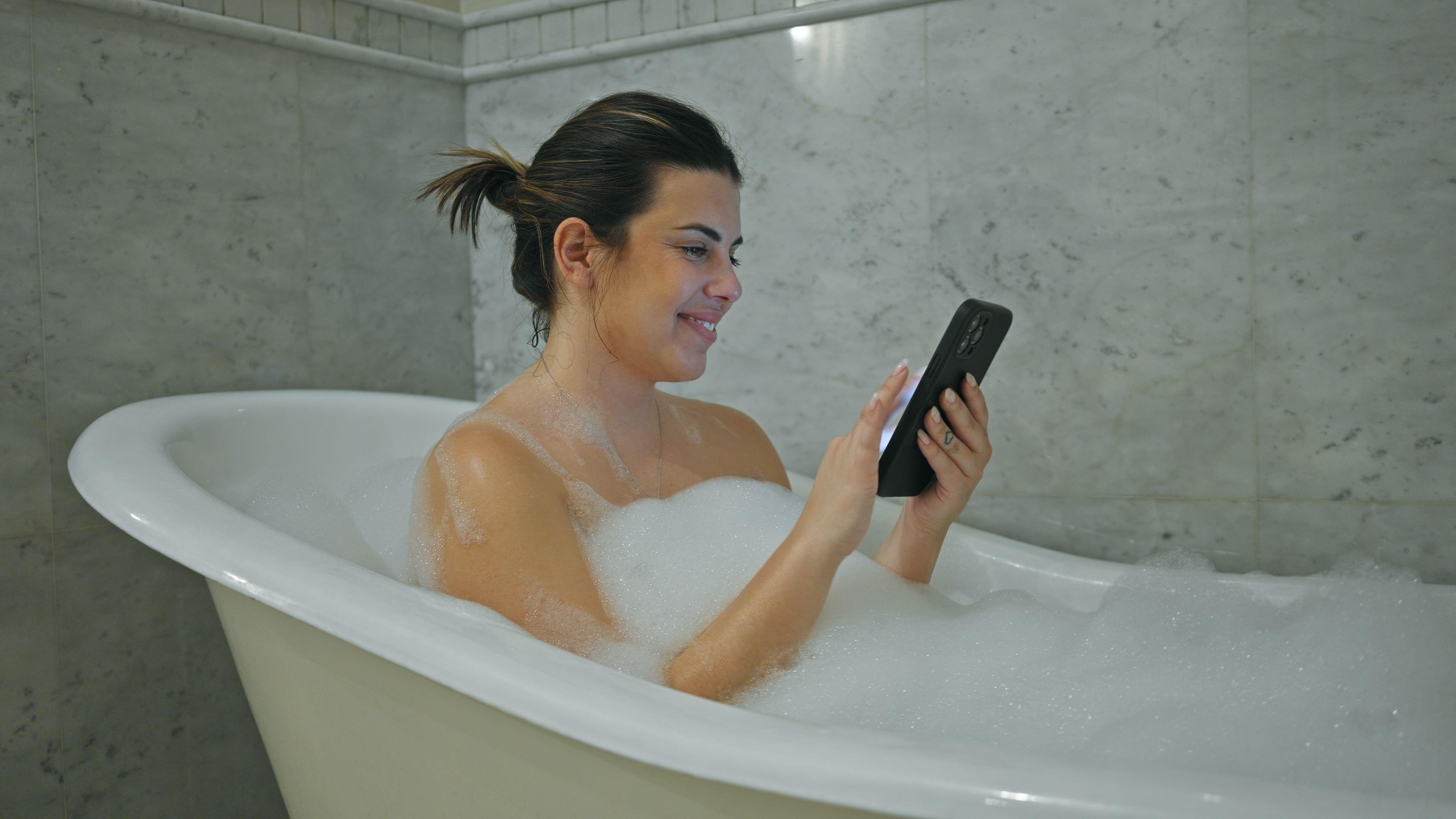
Taking a long, warm bubble bath too often could lead to an increase in your water bill.
“Shower systems that feature standard shower heads will output around 2.5 gallons of water per minute, so a 10-minute shower will use around 25 gallons of water in total,” explains Big Bathroom Shop in-house expert Rikki Fothergill. “Filling a bathtub, on the other hand, can require up to around 70 gallons of water, depending on the size, so unless you spend an hour or so in the shower, you’re likely to use a lot more water when you bathe.”So how long should we scrub in the shower?
“Ideally, five minutes or less should be enough time to wash, even if you have long hair,” says Gin Tidridge, product sustainability manager at home improvement company Kingfisher. “Our research has shown that reducing shower time from eight to five minutes can save up to £58 a year.”
Switching to aerated faucets in the bathroom might also help.
“Aerated faucets conserve water by mixing air into the water flow, reducing the volume of water used while maintaining the sensation of a strong, steady stream,” says Fothergill. “This efficient use of water reduces overall consumption without compromising the effectiveness of the faucet.”
3. Change the shower head
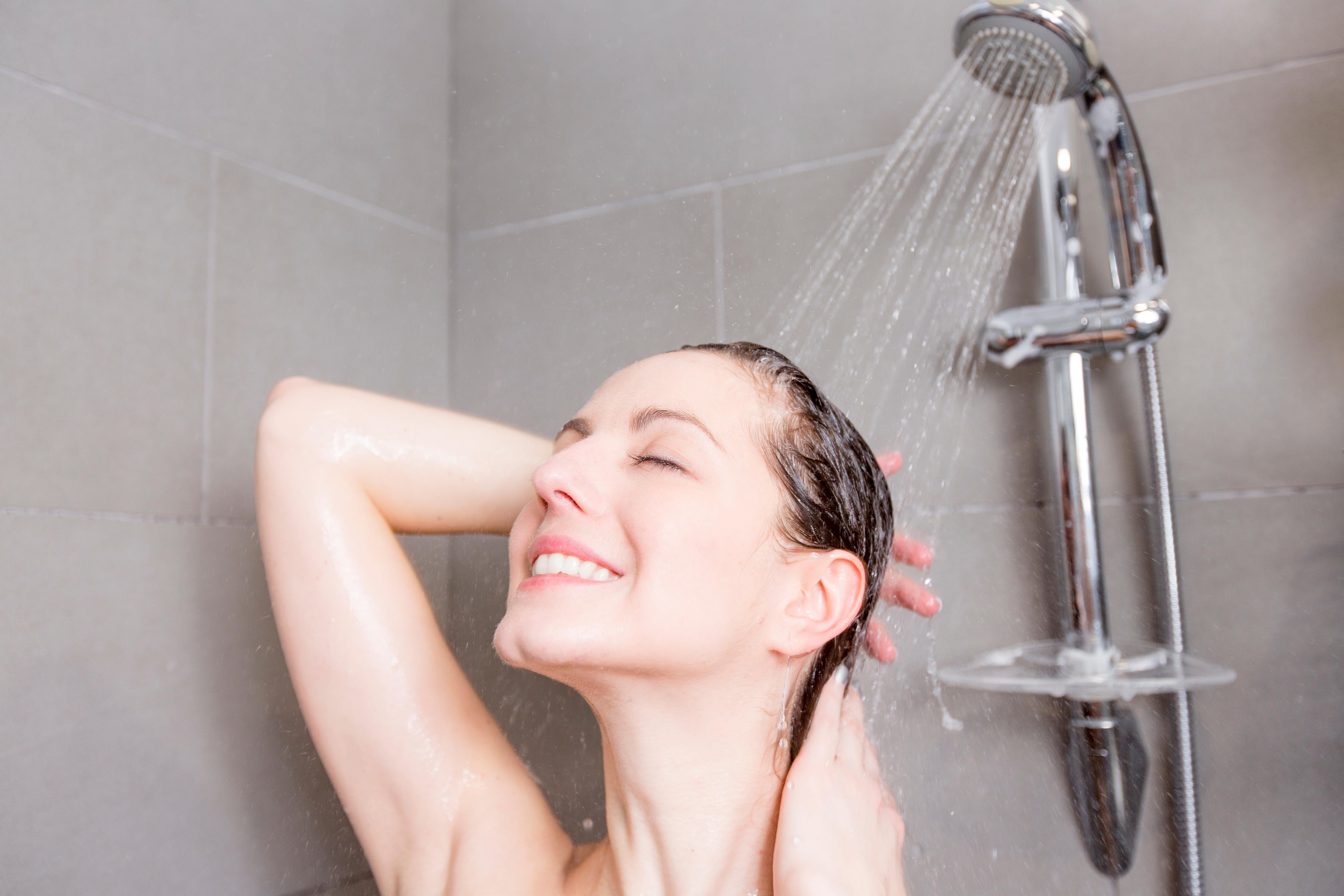
Replacing a standard showerhead with a low-flow showerhead is another easy way to reduce water usage in the bathroom.
“Low-flow showerheads save water by using advanced technology that reduces flow rate while maintaining proper pressure, reducing water usage without sacrificing the quality of the shower experience,” explains Fothergill. “This is achieved through features like aeration, which mixes air with water, and laminar flow, which controls water flow more efficiently.”Tidridge adds: “Our research has shown that they can save up to £89 a year and are very easy to install – just remove the old shower head and fit the new one.”4. Stop drips and do not leave taps open
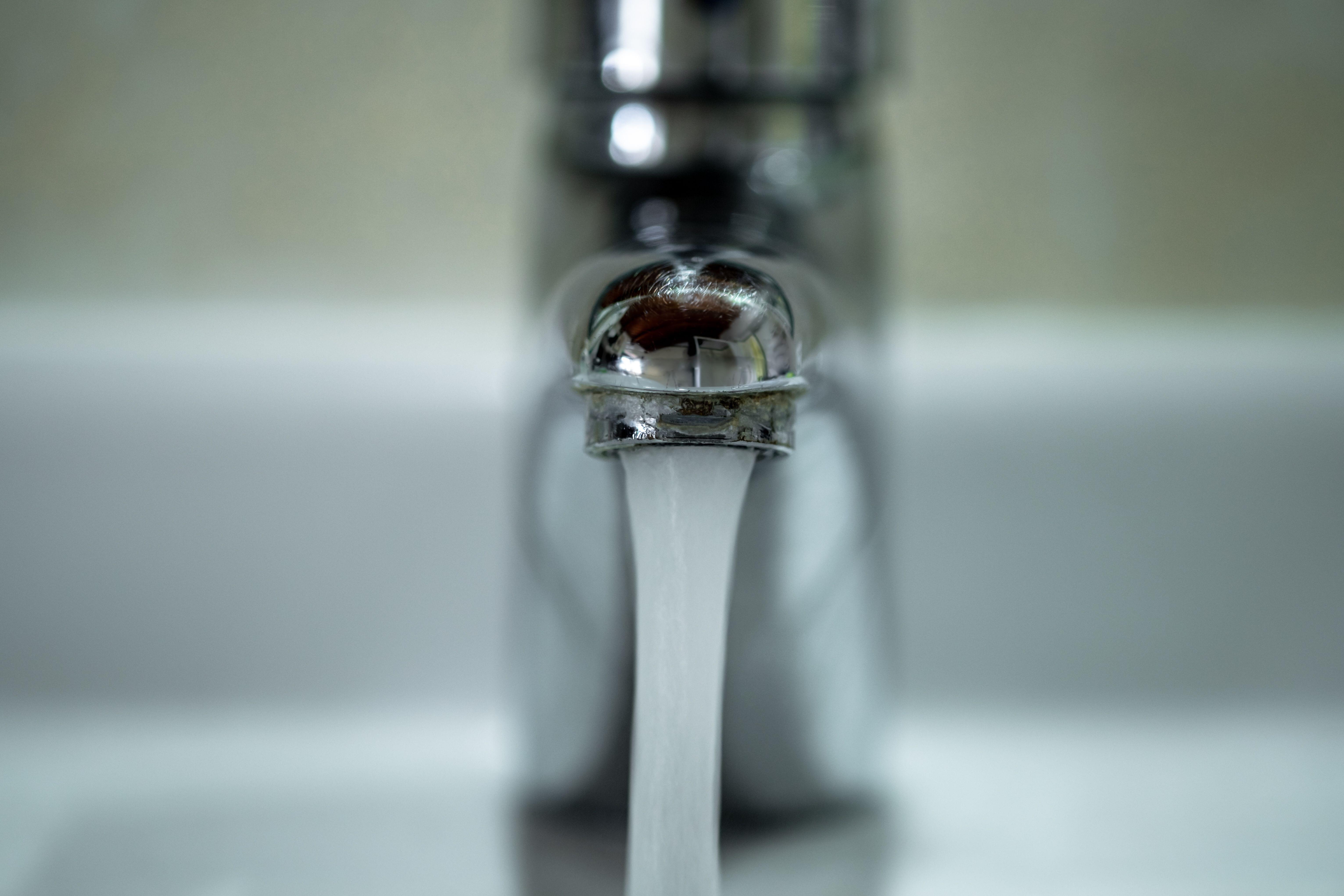
From dripping faucets to leaving water running when we don't really need it, wasting water can be all too easy.
“Make a conscious decision to turn off the tap when you brush your teeth and fill a basin to wash dishes rather than leaving the tap running constantly while washing dishes,” advises Ronke Ugbaja, director of product management at bathroom and kitchen solutions brand Lixil Emena & Grohe. “Replacing leaky taps or shower heads can also result in significant savings.”
5. Switch to a dual-flush toilet
“Not everyone likes toilet trivia, but many people would be surprised to learn that most modern toilets use as much as six litres of water per flush,” says Risdon. “Replacing your toilet with an energy-efficient model (around four litres) is a great long-term investment.”
Fothergill adds: “Modern dual-flush toilets save water by offering two flush options: a lower volume flush for liquid waste and a higher volume flush for solid waste. This system reduces overall water usage by allowing users to select the appropriate flush based on the type of waste.”
6. Make sure your dishwasher is fully loaded
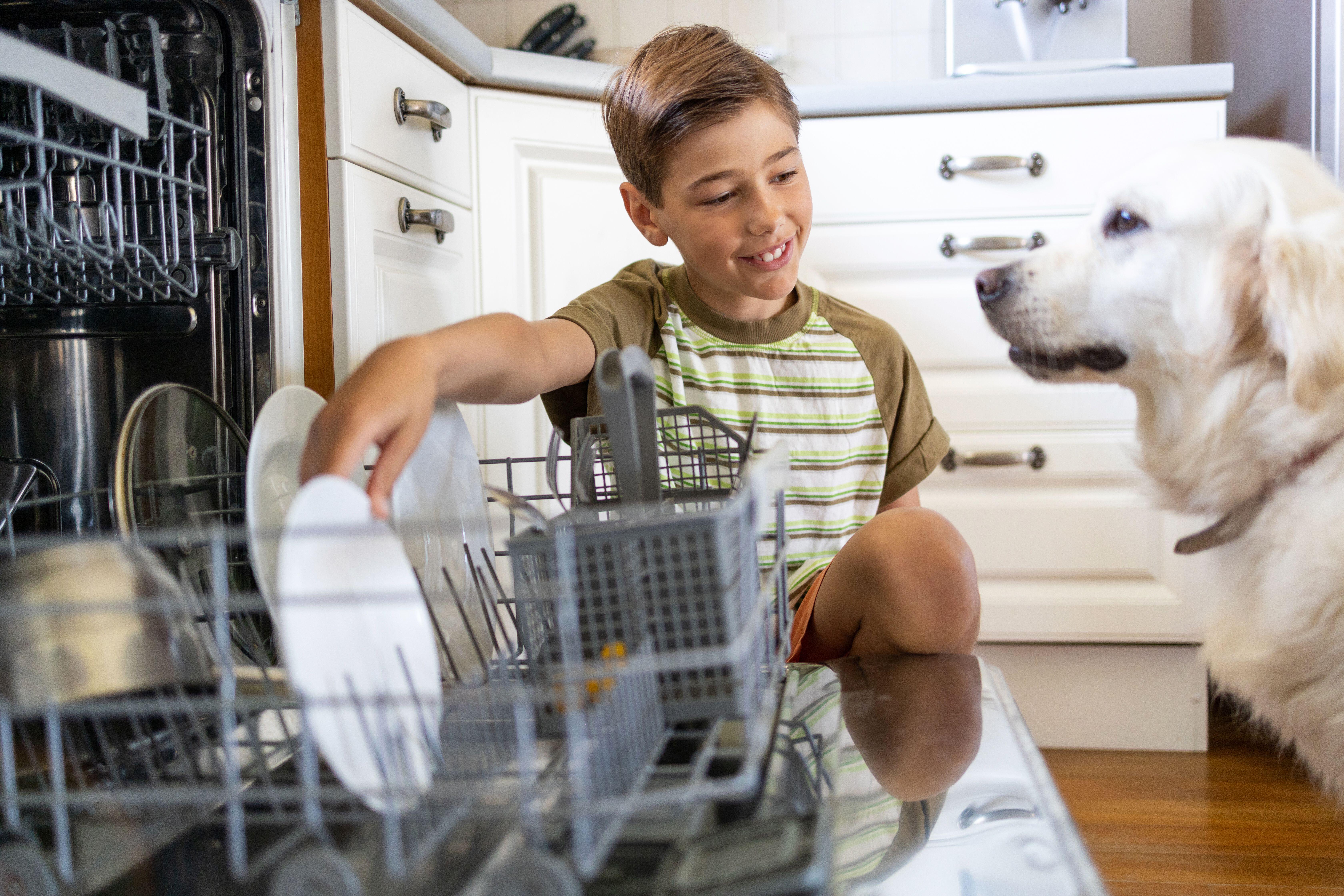
So, should we wash dirty dishes and pans in the sink or is it better to put them in the dishwasher? “Many people will be surprised to learn that using the dishwasher is much more efficient than washing by hand, but make sure it is full before you turn it on,” says Tidridge. “There is also no need to pre-rinse dishes before placing them in the dishwasher – most modern dishwashers do the job just fine.”
7. Install a water tank to collect rainwater.
Make the most of the wet and rainy British weather!
“It may seem a bit extreme, but harnessing rainwater will help you reduce your water usage, lower your bills and do your bit for the environment,” says Risdon. “Installing a rainwater tank will allow you to collect rainwater for outdoor activities such as gardening or washing your car.”

